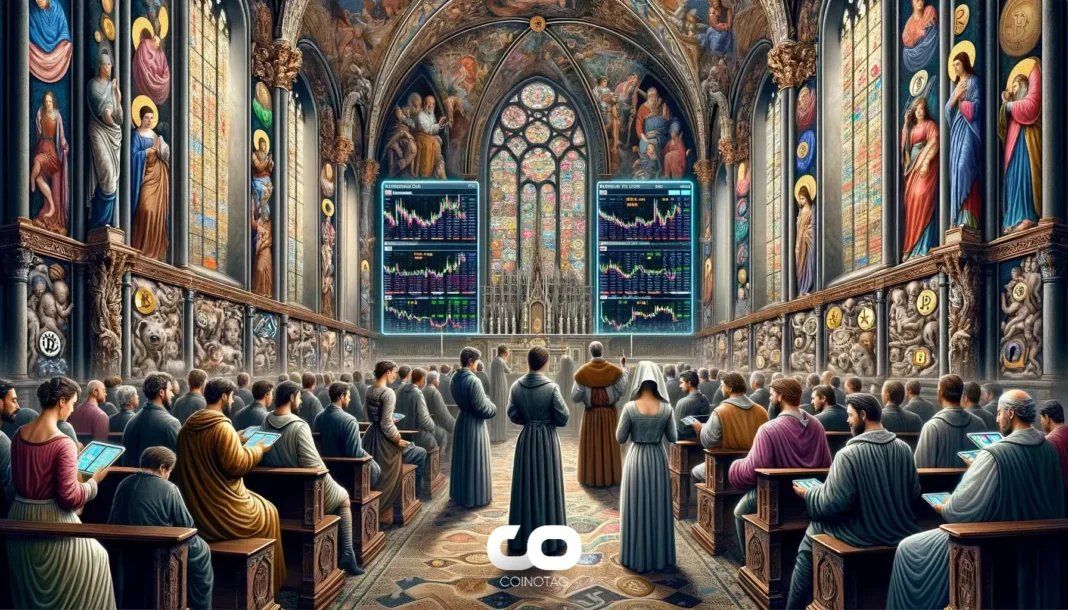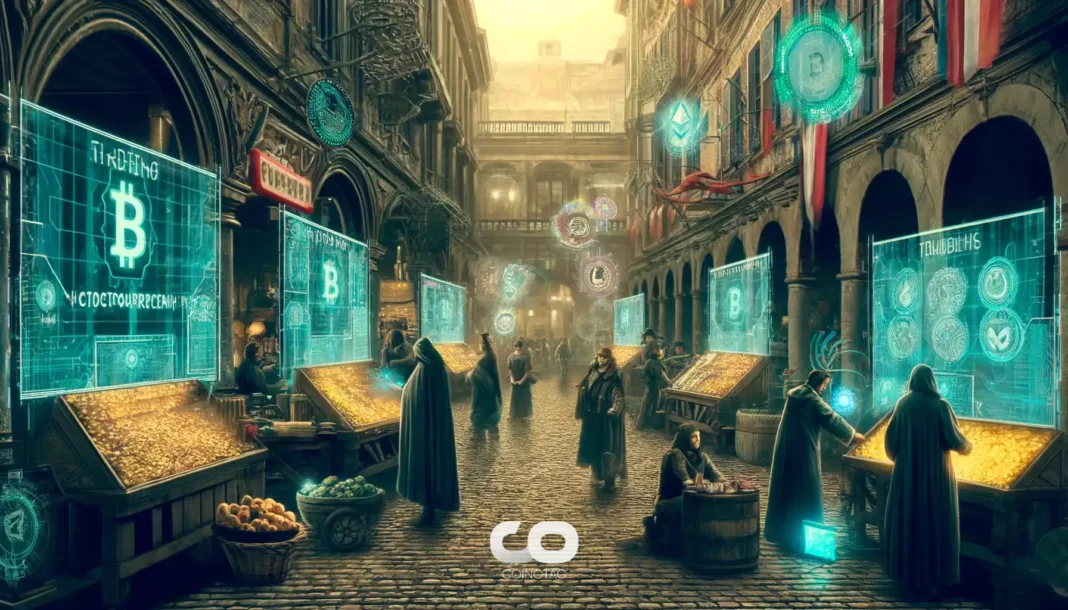-
FIFA’s digital collectibles are set to transition from Algorand to their own Ethereum-compatible blockchain, marking a significant shift in their NFT strategy.
-
This move highlights FIFA’s commitment to enhancing performance and scalability for its platform, as it gears up for innovative features in the future.
-
As noted in an official statement, “This upgrade will support better performance, future features, and improved scalability,” ensuring a smoother user experience.
FIFA’s collectible platform is shifting to its own EVM-compatible blockchain from Algorand, promising enhanced performance and features for its users.
FIFA’s Blockchain Migration: Key Developments and Implications
The upcoming migration of FIFA Collect to an EVM-compatible blockchain signals a new era for digital collectibles in the sports industry. As the platform evolves, it leaves behind Algorand, a move that reflects FIFA’s desire for better scalability and performance. This transition is scheduled for May 20, and reports indicate that while the user experience will remain largely unchanged, it represents a strategic pivot towards embracing Ethereum technologies.
Understanding the Transition from Algorand
FIFA Collect’s decision to migrate comes after a brief period of dual operation with Algorand and Polygon. Initially, in December 2023, the platform expanded its digital collectible offerings on Polygon while still operating on Algorand. However, with this latest move, FIFA is firmly distancing itself from Algorand, indicating a shift in strategic priority. Users are advised to switch to EVM-compatible wallets such as MetaMask or Rabby, as Algorand wallets will lose support post-migration.
Impacts on Users and Future Directions
As FIFA prepares for this significant migration, the official FAQ stresses that users will not need to take immediate action. However, those who export NFTs must ensure to re-import them prior to May 20 to ensure a seamless integration into the new architecture. This change demonstrates FIFA’s responsiveness to user needs while concurrently enhancing its tech landscape.
The Bigger Picture: Implications for the NFT Ecosystem
The implications of FIFA’s blockchain migration extend beyond operational upgrades. This transition could potentially reshape the competitive landscape within the NFT marketplace. By migrating to an EVM-compatible blockchain, FIFA may position itself to leverage Ethereum’s vast ecosystem, enhancing partnerships and interoperability features that were previously limited on Algorand.
Conclusion
The shift to a dedicated FIFA blockchain represents a pivotal moment for the organization’s digital collectible initiatives. This strategic decision aims to boost performance and user experience while paving the way for future innovations in digital collectibles. As FIFA continues to expand its offerings, stakeholders should remain vigilant and adapt to these changes to maximize engagement and benefit from the enhanced functionality.







